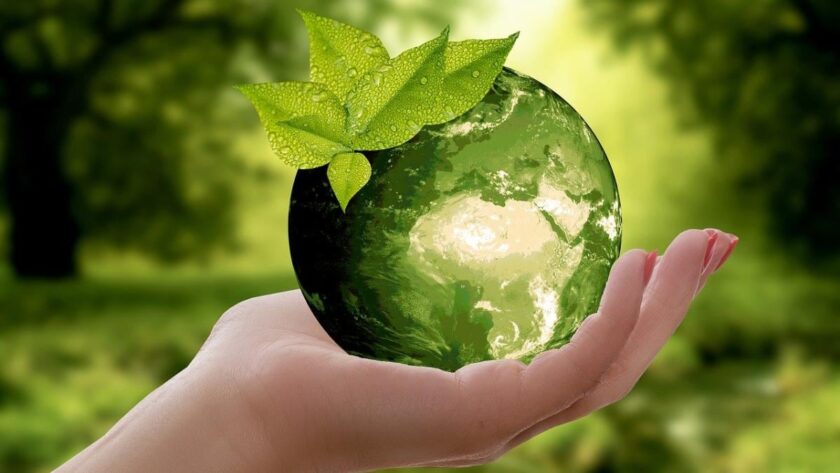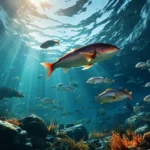Introduction
Nature is the foundation of life, providing essential resources, breathtaking landscapes, and a balanced ecosystem. It includes forests, rivers, mountains, oceans, and wildlife, playing a crucial role in sustaining life on Earth. With rapid urbanization, climate change, and deforestation, preserving nature has become more important than ever. Understanding its significance and taking action to protect it can help maintain ecological balance for future generations.
The Importance of Nature
Nature is vital for survival, supporting human life through various resources and services:
- Air Quality – Trees and plants produce oxygen and filter pollutants.
- Water Cycle – Rivers, lakes, and oceans regulate water supply and weather patterns.
- Biodiversity – A diverse range of plant and animal species maintains ecosystem stability.
- Food Production – Agriculture depends on natural elements like soil, water, and sunlight.
- Climate Regulation – Forests and oceans absorb carbon dioxide, reducing global warming.
- Mental and Physical Health – Green spaces improve well-being, reducing stress and promoting relaxation.
Different Types of Natural Ecosystems
- Forests – Home to diverse species, providing oxygen and climate stability.
- Oceans – Covering 70% of Earth, supporting marine life and weather patterns.
- Mountains – Crucial for water sources, wildlife habitats, and climate regulation.
- Deserts – Harsh environments with unique flora and fauna adapted to extreme conditions.
- Grasslands – Vast open landscapes supporting herbivores and agriculture.
- Wetlands – Essential for water purification, flood control, and biodiversity conservation.
Threats to Nature
Despite its importance, nature faces numerous threats caused by human activities:
- Deforestation – Cutting down forests for agriculture and urbanization.
- Pollution – Air, water, and soil contamination harming ecosystems.
- Climate Change – Rising temperatures, extreme weather, and habitat loss.
- Overpopulation – Increased demand for resources, leading to environmental degradation.
- Illegal Wildlife Trade – Poaching and hunting endangering species.
- Plastic Waste – Oceans and landfills accumulating non-biodegradable waste.
Conservation and Protection of Nature
Efforts to preserve nature include individual, community, and global initiatives:
- Afforestation and Reforestation – Planting trees to restore forests and absorb carbon.
- Sustainable Living – Reducing waste, using eco-friendly products, and conserving resources.
- Wildlife Protection – Enforcing laws to prevent poaching and protect endangered species.
- Renewable Energy – Using solar, wind, and hydro power to reduce carbon emissions.
- Recycling and Waste Management – Minimizing plastic waste and promoting sustainable practices.
- Eco-Tourism – Promoting responsible travel that supports nature conservation.
The Role of Technology in Nature Conservation
Modern technology is playing a key role in protecting nature:
- Drones – Monitoring deforestation and wildlife habitats.
- AI and Big Data – Tracking climate changes and predicting environmental trends.
- Eco-Friendly Innovations – Biodegradable materials, green architecture, and pollution control technologies.
- Digital Activism – Raising awareness and mobilizing global conservation efforts.
Benefits of Connecting with Nature
Spending time in nature has proven health and emotional benefits:
- Reduces Stress and Anxiety – Green spaces promote relaxation and mental well-being.
- Boosts Creativity and Productivity – Exposure to natural settings enhances cognitive function.
- Encourages Physical Activity – Hiking, swimming, and outdoor activities improve fitness.
- Inspires Environmental Responsibility – Experiencing nature firsthand fosters appreciation and conservation efforts.
Future of Nature Conservation
Global efforts are being made to combat environmental issues through policies, sustainable development, and technological advancements. Governments, organizations, and individuals must collaborate to preserve natural resources and restore damaged ecosystems. Future conservation efforts will focus on renewable energy, eco-friendly infrastructure, and habitat restoration to ensure a healthier planet.
Conclusion
Nature is a priceless treasure that sustains life, providing essential resources and breathtaking beauty. However, it faces significant threats due to human activity. Through conservation efforts, responsible living, and technological advancements, we can protect and restore nature for future generations. Every individual has a role to play in preserving the environment and ensuring a sustainable future.




